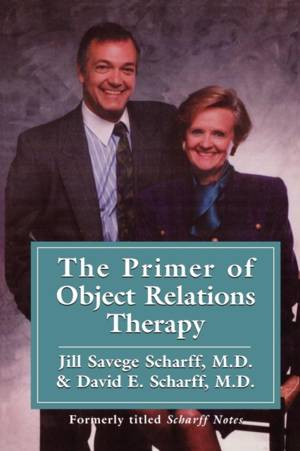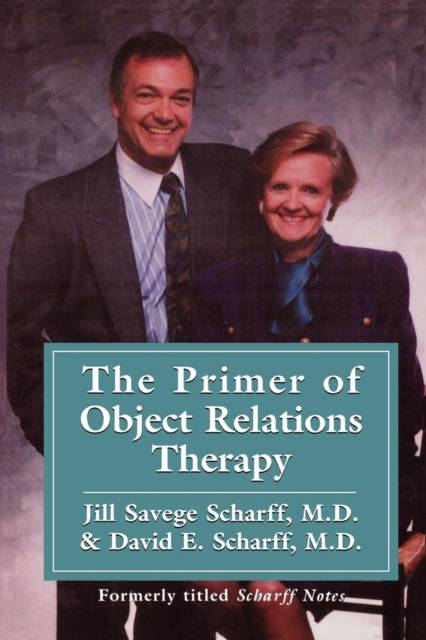
- Retrait gratuit dans votre magasin Club
- 7.000.000 titres dans notre catalogue
- Payer en toute sécurité
- Toujours un magasin près de chez vous
- Retrait gratuit dans votre magasin Club
- 7.000.0000 titres dans notre catalogue
- Payer en toute sécurité
- Toujours un magasin près de chez vous
Description
In the last two decades, object relations theory has crossed the Atlantic and taken America by storm. The enthusiasm among American clinicians for the British School, however, has led to a host of problems related to the need to master a new terminology. The difficulty in assimilating object relations theory is one more example of the aphorism that America and England are two countries separated by a common language. The Scharffs have taken a giant step forward in assisting American therapists in their efforts to master the language of object relations theory. With this primer they have anticipated the reader's questions at every turn and have answered them in remarkably clear and readable prose. Terms like projective identification, holding, containment, and self are freed from obscurity and made entirely understandable to even the novice clinician. The authors then apply these concepts to a variety of clinical settings. The Scharffs are equally at home when doing individual, family, marital, group, or sex therapy. It is difficult to imagine any other team of authors who could provide such a comprehensive survey of the broad applications of object relations theory. Students in all the mental health professions will find this slim volume to be an extraordinarily useful introduction to the field.
Spécifications
Parties prenantes
- Auteur(s) :
- Editeur:
Contenu
- Nombre de pages :
- 215
- Langue:
- Anglais
- Collection :
Caractéristiques
- EAN:
- 9781568217741
- Date de parution :
- 01-02-95
- Format:
- Livre broché
- Format numérique:
- Trade paperback (VS)
- Dimensions :
- 152 mm x 227 mm
- Poids :
- 331 g

Les avis
Nous publions uniquement les avis qui respectent les conditions requises. Consultez nos conditions pour les avis.






